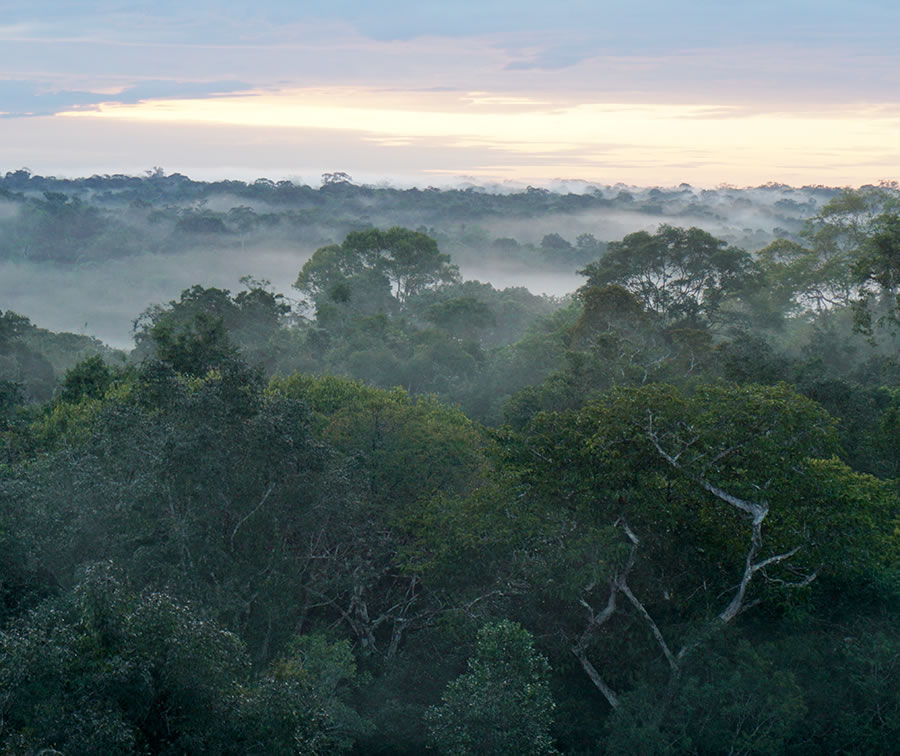A system of living and non-living components is called an ecology ecosystem. This subset of ecology has roots in terrestrial ecology. In this article, we’ll explore what an ecosystem is and how it works. To help you understand how an ecosystem functions, consider this graphic. This diagram shows how a single nutrient cycle can affect the health of the entire ecosystem. The color codes represent the types of organisms in each system. They also represent the energy and nutrients that flow within each component.
Ecology is the study of living and non-living components
In general, ecology is concerned with the interactions of the various living and non-living components of an ecosystem. It examines the relationship between living organisms, their environments, and their genetic makeup. Ecology is also concerned with population structure, including the size, composition, and changes within a population over time. For example, the population size of a Karner blue butterfly depends on a specific plant in a particular area, and that plant affects the distribution of the butterflies.
Ecosystem is the study of living and non-living components
An ecosystem is a community of living and non-living components. It is a system, meaning everything is interdependent. The system cycles energy and nutrients throughout its components. Food chains and food webs illustrate these interactions. Ecosystems are made up of both biotic and abiotic components. The biotic components are living organisms, while the abiotic components include climate, nutrients, and other physical elements. The interactions between living and non-living parts of the ecosystem are what contribute to the overall health of the ecosystem.
It is a subset of ecology
The study of the relationships among living organisms and their environment is called ecology. Ecosystems are made up of two main factors: biotic and abiotic. Ecosystems are made up of living and non-living organisms that interact with each other. Ecology is a broad concept, encompassing the study of the environment as a whole, not just the interactions among specific species. This includes the effect of different biotic factors on an organism’s life and survival.
It is rooted in terrestrial ecology
Terrestrial ecosystems are land-based communities comprised of biotic and abiotic components that interact to sustain life. They include tundra, taigas, temperate deciduous forests, tropical rainforests, grasslands, and deserts. The temperature range and soil type of these environments determine the types of plants and animals found within them. The biotic and abiotic interactions of these communities are fundamental to maintaining the health and functioning of these ecosystems.
It is a branch of ecology
The study of ecosystems and the functioning of different systems is called ecology. It is a branch of ecology that studies organisms, their behavior, and their life cycles. It is closely related to evolutionary ecology, which studies the relationship between species and environmental conditions. For example, the study of animal behavior, reproductive cycles, and interactions among species is known as behavioral ecology. A study of individual psychology can reveal the psychological factors that affect the functioning of an ecosystem and help scientists make better decisions about how to protect it.
It uses Geographic Information Systems
GIS is an acronym for Geographic Information System. It’s a database that contains geographic data, including software tools for managing and analyzing that information. GIS is also a body of knowledge about related concepts and institutional organizations. When used appropriately, GIS can provide a vast amount of useful information to various organizations and projects. But how do they work? And what exactly are the benefits of GIS? Let’s look at a few examples.
It deals with global environmental problems
The issue of global environmental change is of great concern. The resulting changes are devastating to humankind, from depletion of fuelwood to the destruction of tropical forests. To solve these problems, the responsible authorities of nations must formulate appropriate laws and educate their people about the sustainable use of natural resources. The following are some of the key issues that are facing the world today. Understanding these issues will help us understand why and how global environmental problems have become so serious and important.

